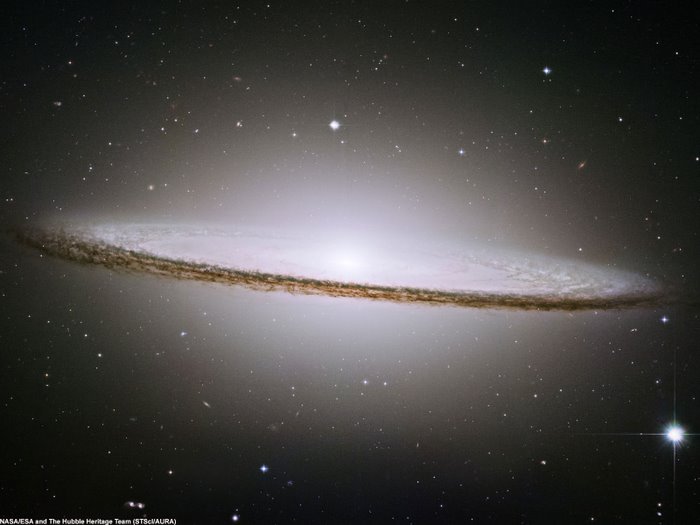Cell Therapies Now Beat Back Once Untreatable Blood Cancers. Scientists Are
Making Them Even Deadlier.
-
Dubbed “living drugs,” CAR T cells are bioengineered from a patient’s own
immune cells to make them better able to hunt and destroy cancer. The
treatment i...
13 hours ago











